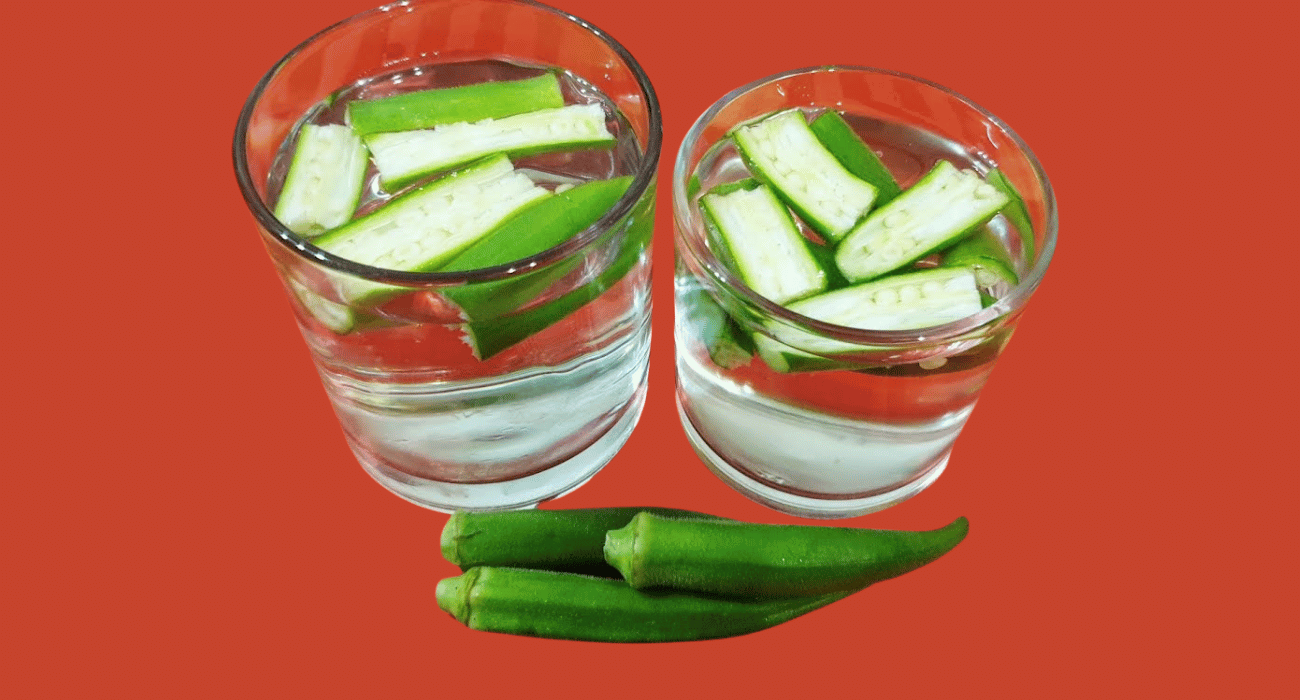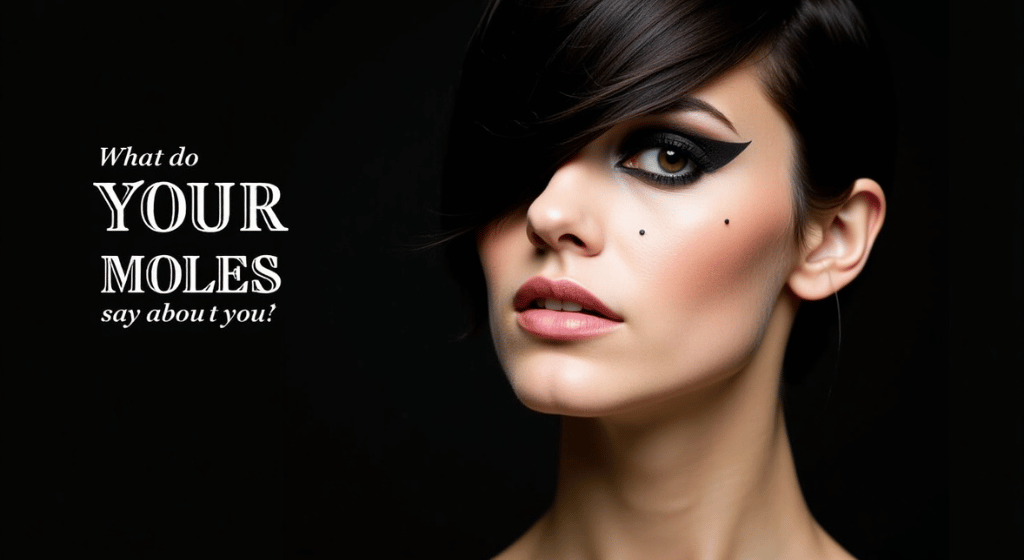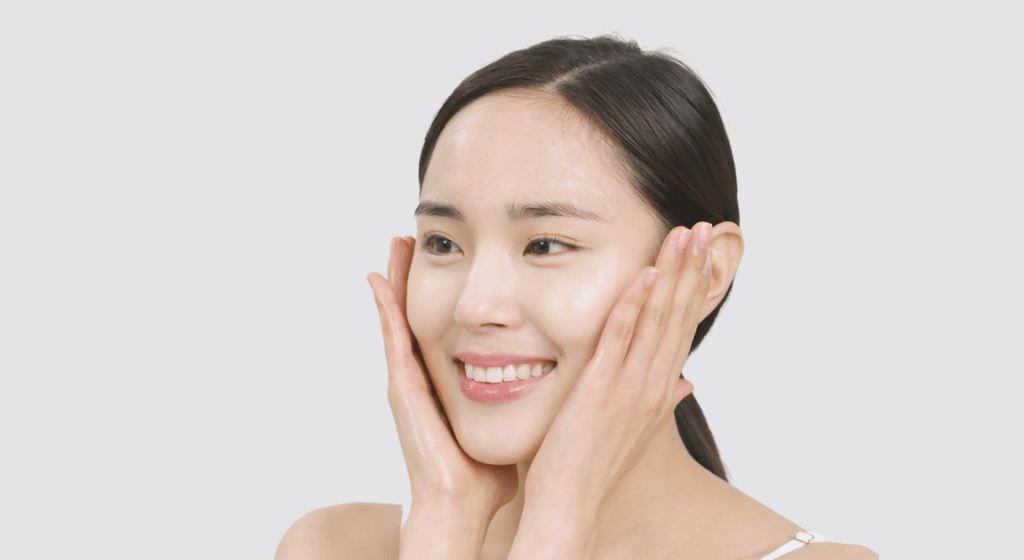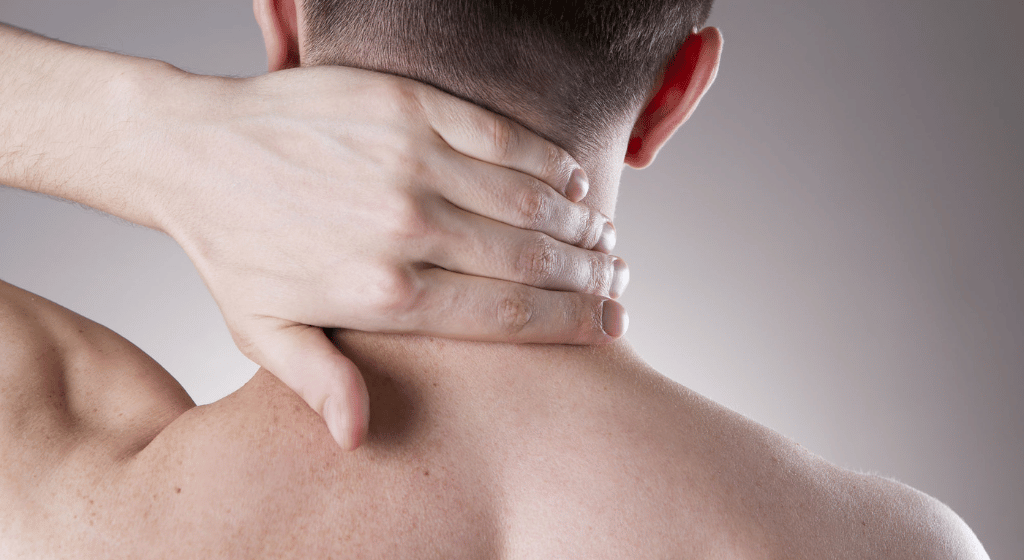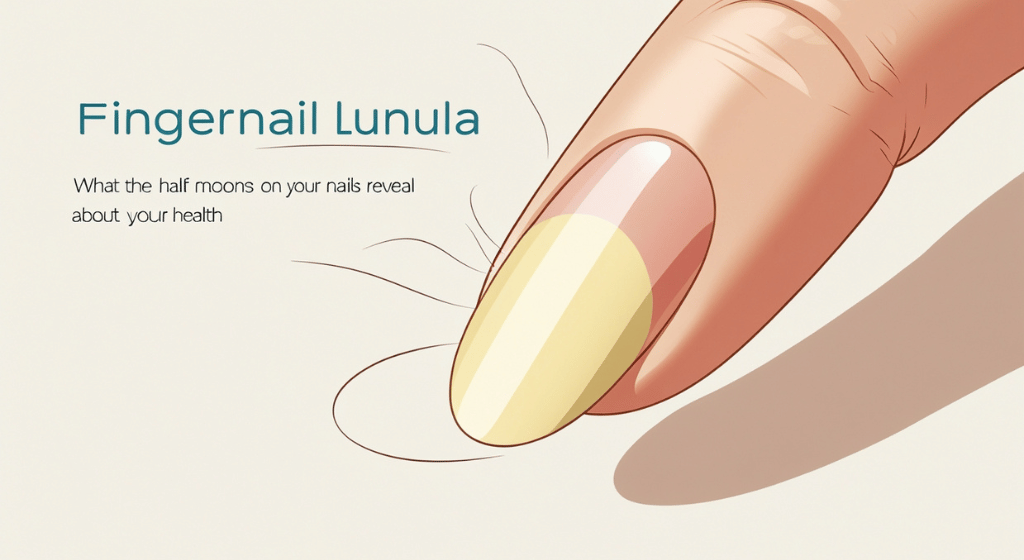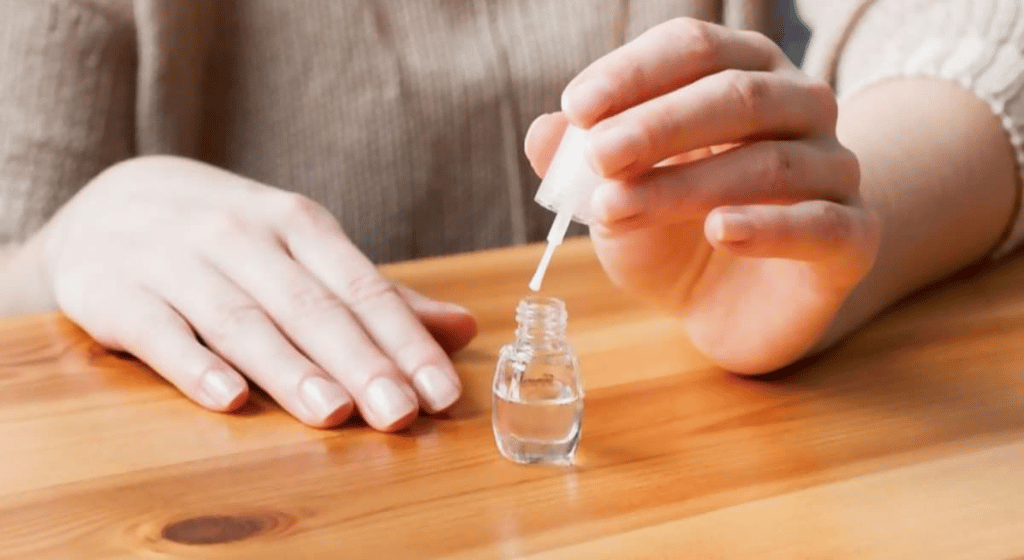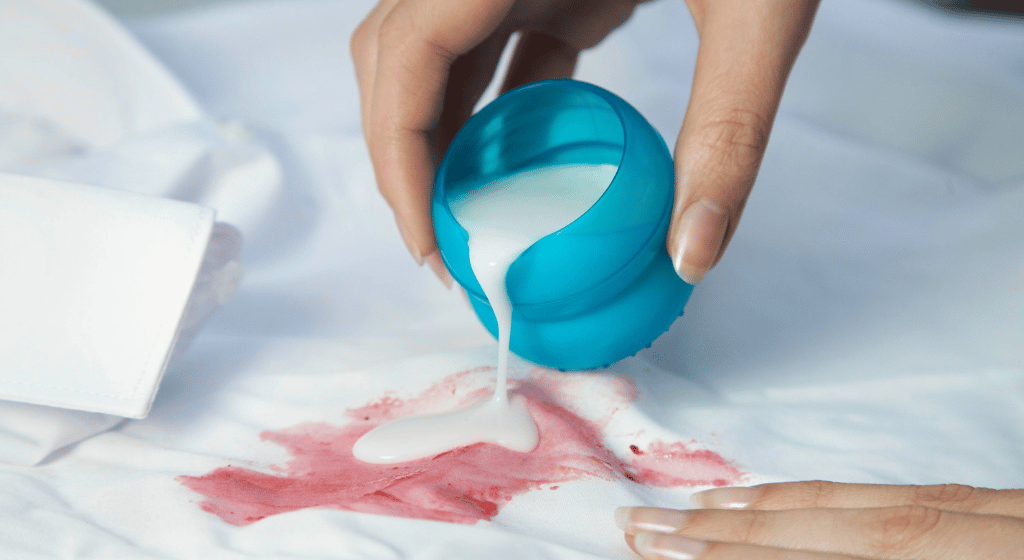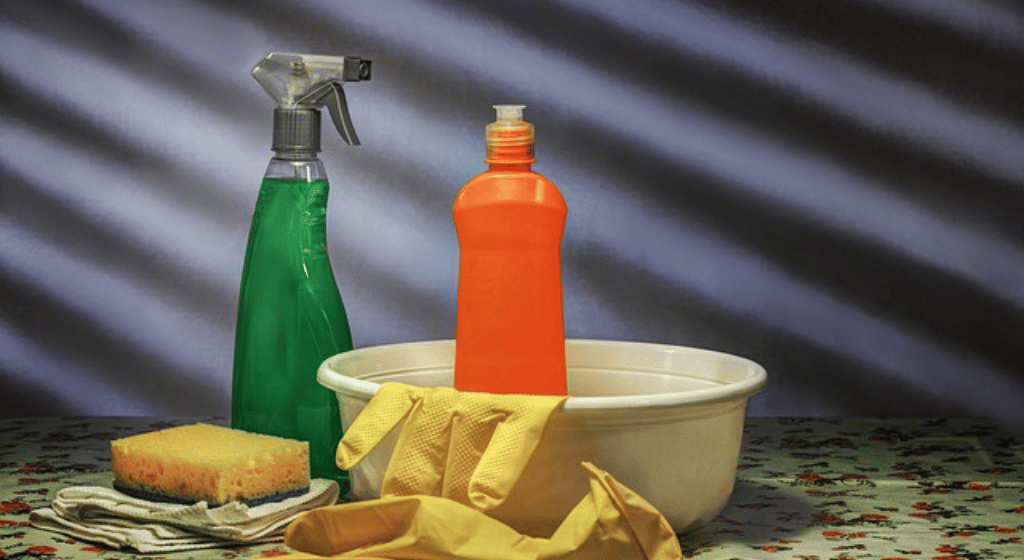In recent years, natural remedies and holistic health drinks have gained popularity, with people looking for easy and affordable ways to boost their well-being. One
Read MoreMoles are common on everyone’s body. Some people have many, while others have only a few. The size and shape of moles vary from person
Read MoreIf you are short on time but want radiant skin, achieving a healthy glow in just one week is possible with the right skincare routine
Read MoreWhat Is Back Acne? Back acne, or “bacne,” consists of tender cysts, pimples, and blemishes that appear on the back due to clogged pores, bacteria,
Read MoreHave you ever noticed the small, white half-moons near the base of your nails? These are called fingernail lunulae, and they can provide valuable insights
Read MoreUnderstanding How Oxidative Therapy Can Improve Nail Health Nail fungus can be challenging to manage. It often starts as a yellow spot but can spread,
Read MoreA radiant, bright smile is something everyone desires, but yellowing teeth often get in the way. Common causes include coffee, tea, certain foods, and inconsistent
Read More1. Deodorize Your Refrigerator A smelly fridge can affect not only your kitchen but your entire home. To tackle this issue, mix: Spray the solution
Read MoreColor stains on clothes are a common laundry mishap that can affect anyone. Whether caused by color bleeding or dye transfer, these stains can make
Read MoreRubbing alcohol is a versatile household staple that’s great for cleaning and disinfecting. Here are 6 clever cleaning hacks to make your life easier: 1.
Read More
